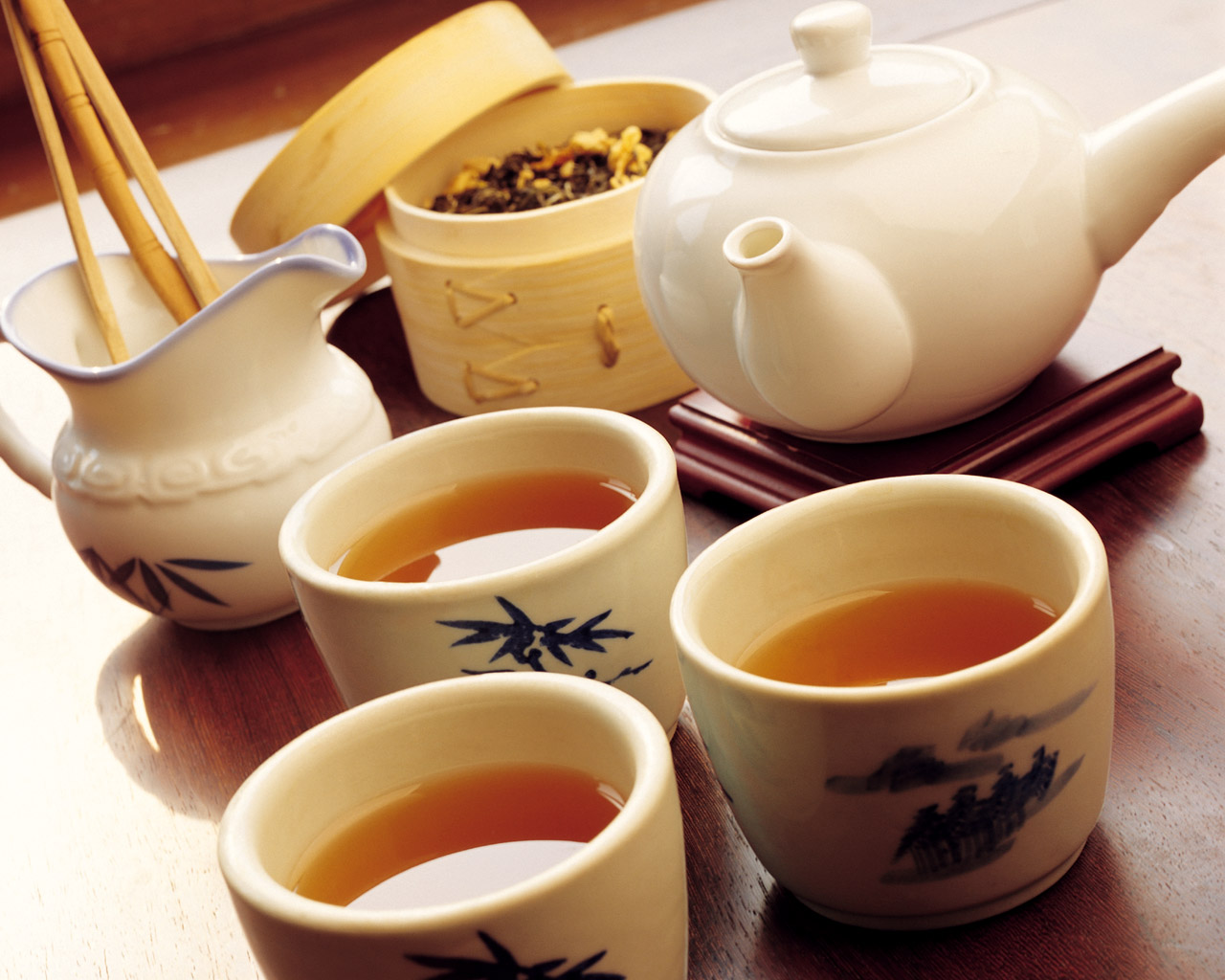茶文化

"Tasting tea" not only distinguishes the quality of tea, but also carries the meaning of contemplation and appreciation of the taste of drinking tea.
Soak a pot of strong tea amidst your busy schedule, choose an elegant and quiet place, pour and drink it on your own, which can eliminate fatigue,
cleanse your mind, and uplift your spirit. You can also sip it slowly to achieve the enjoyment of beauty, elevating your spiritual world to a noble artistic realm.
The environment for tea tasting is generally composed of factors such as buildings, gardens, decorations, and tea utensils.
Drinking tea requires quietness, freshness, comfort, and cleanliness.
Chinese gardens are world-renowned, and the scenery of mountains and rivers is countless.
Using gardens or natural landscapes, wooden pavilions and chairs are made, and tea rooms are set up to give people a poetic and picturesque atmosphere.
For people to take a nap, it is full of interest.
The Japanese fried tea ceremony and the Taiwanese brewed tea ceremony both originate from the Gongfu tea in Chaozhou, Guangdong, China.
Chaozhou Gongfu Tea Art is a national intangible cultural heritage and a unique traditional tea drinking custom in the Chaoshan region of Guangdong Province.
It is an important part of Chaoshan tea culture and Chaoshan tea ceremony, and the most representative form of Chinese tea art.
It is a complete form of tea ceremony that integrates spirit, etiquette, brewing techniques, tea inspection techniques, and quality evaluation.
It is not only a tea art, but also a folk custom, symbolizing "Chaozhou people's elegant habits and superb measures".

around the 6th century AD, an Arab shepherd named Caldai was driving his sheep to the grasslands of Ethiopia to graze.
One day, he saw that each goat looked extremely excited and excited, which made him feel strange.
Later, after careful observation, he found that these sheep only became excited after eating some red fruits.
Caldai curiously tasted some of these fruits and found them very sweet and delicious.
After eating them, he also felt very refreshed. From then on, he often drove his flock to eat this delicious fruit together.
Later, a Muslim passed by here and picked some of this incredible red fruit, taking it home and distributing it to other believers, so its magical effect spread.
The disciple of Kardi, Xueke Oma, was a highly respected and beloved chieftain in Mocha, but was expelled by his tribe for committing crimes.
Xueke Oma was exiled to the country's Osam as a result, where he accidentally discovered the fruit of coffee, which happened in 1258.
One day, Oma was walking in the mountains and forests hungry when she saw a bird with unique feathers
on the branch pecking at the fruit on the tree and making an extremely pleasant and melodious cry.
He brought the fruit back and boiled it with water, only to find that it emitted a rich and tempting aroma.
After drinking it, the feeling of fatigue was also eliminated, and the energy was full.
Oma collected many of these magical fruits, and when someone fell ill, he made them into soup for them to drink.
After that, they regained their spirits.
Due to his acts of kindness and being loved by believers, his sins were soon forgiven.
Upon returning to Mocha, he was praised for discovering this fruit, and people revered him as a saint. And at that time, the magical cure was said to be coffee.

